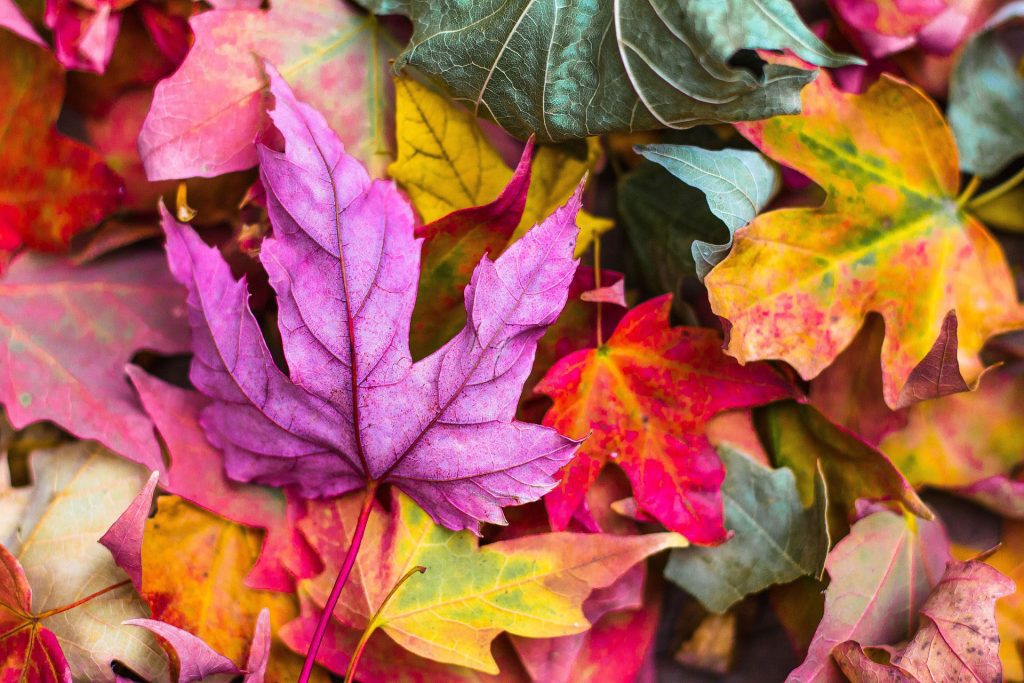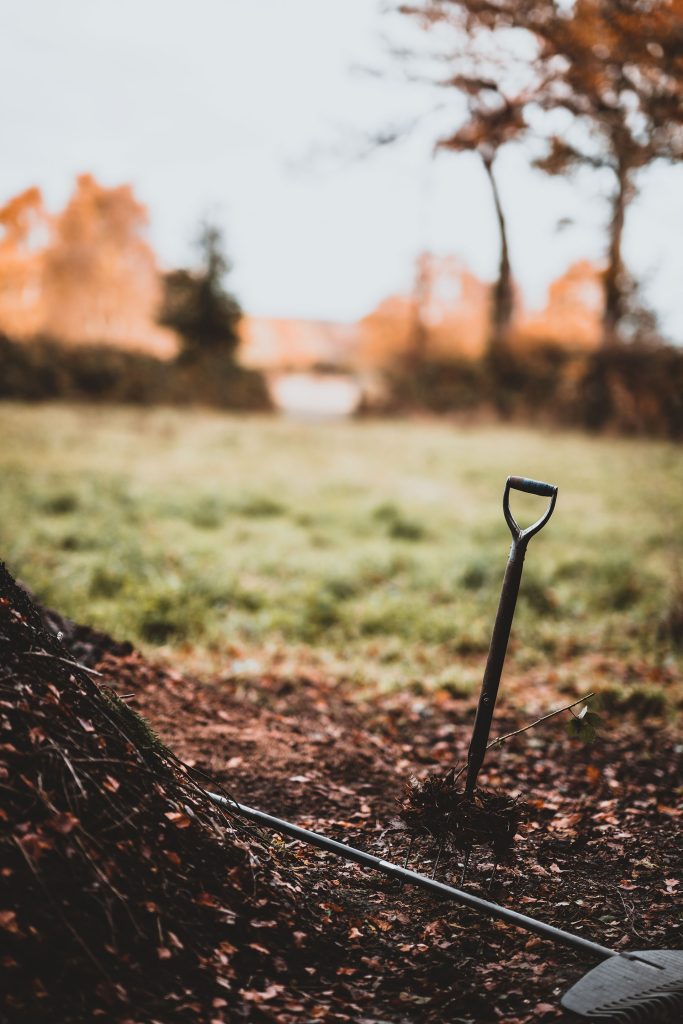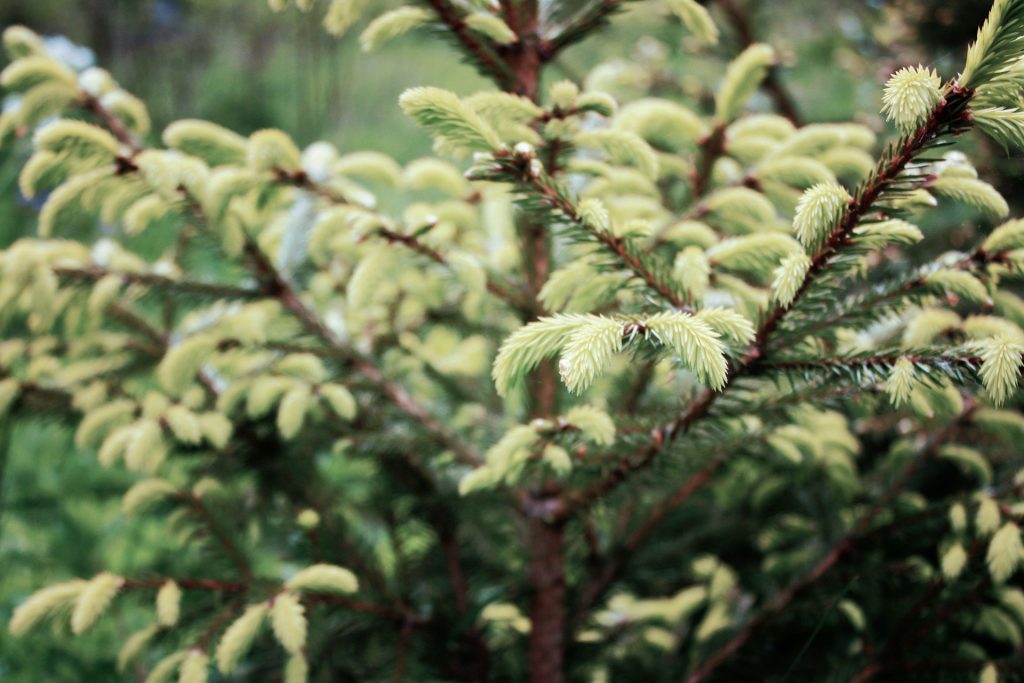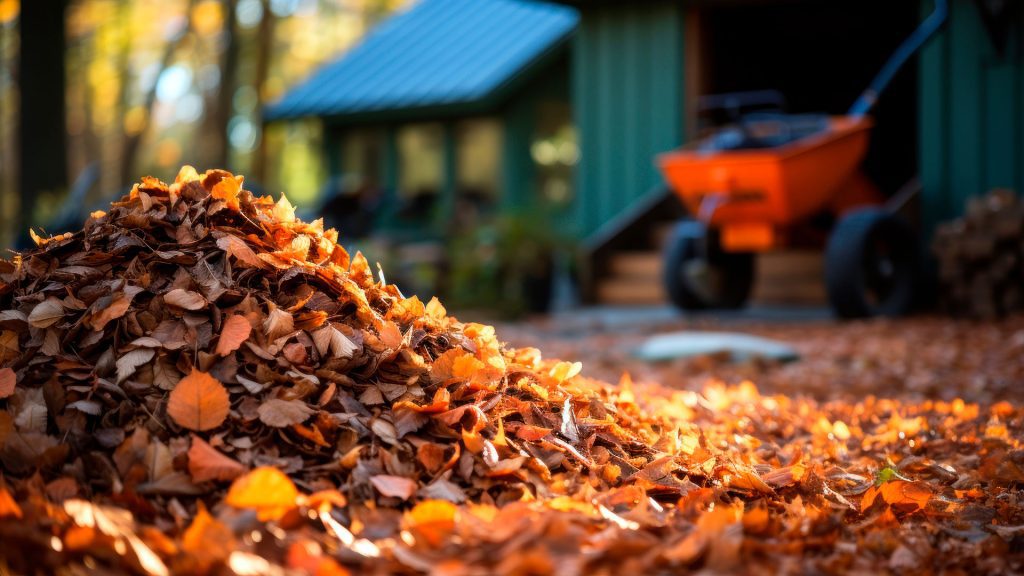The Autumn Garden
Autumn is a time for clearing away the summer and preparing for a new year ahead. Here’s an autumn checklist for the busy gardener
Prepare your garden for frosts
Preparing a garden for frost is crucial to protect delicate plants from the harsh, cold temperatures. To shield your garden from frost’s icy grip, identify the expected frost date in your area.

Prior to the frost, trim any dead or weak branches to reduce the plant’s vulnerability. Cover sensitive plants with frost cloths, old bedsheets, or even plastic sheeting to create a barrier against the cold. Additionally, apply a layer of mulch to insulate the soil and retain heat. Watering your garden before the frost can help raise the soil temperature and reduce damage.
Clean up leaves

Raking up the leaves helps maintain the garden’s overall health by preventing the leaves from suffocating the grass and plants underneath, allowing them to receive sunlight and air. Additionally, leaf removal can reduce the risk of mould and disease that thrive in damp, decaying foliage. Lastly, a tidy garden enhances its aesthetic appeal and safety, minimizing slip hazards and creating a more inviting outdoor space.
Sow a new lawn
Sowing a new lawn in autumn offers several advantages. The cooler temperatures and consistent moisture create optimal conditions for seed germination.

Begin by preparing the soil through tilling and adding compost. Select grass seed suitable for your region’s climate. Broadcast the seed evenly and lightly rake the soil surface. Water thoroughly, keeping the soil consistently moist.
The grass will establish strong roots during the autumn, providing a lush, healthy lawn in the following spring.
Autumn pruning
As leaves turn vibrant hues and temperatures drop, it’s the ideal time to trim back overgrown branches and shrubs.

Pruning not only enhances the garden’s aesthetics but also promotes healthier growth in the spring. Removing dead or diseased branches and shaping plants can prevent winter damage and encourage robust regrowth.
Timing is key; late autumn, when plants enter dormancy, is perfect for this essential garden maintenance.
Create leaf mould
Leaf mould is a valuable and eco-friendly resource for gardeners. Collect fallen leaves in the autumn when they’re at their peak. Choose a dry, well-ventilated spot for the process.

Start by creating a leaf pile or using a large plastic bag with some holes for aeration. Shredding or chopping the leaves can speed up decomposition. Moisten the leaves and then cover the pile with a tarp to keep them from blowing away. Over the course of 6-12 months, microbial activity will break down the leaves, transforming them into a nutrient-rich humus that’s excellent for improving soil structure and moisture.
Plant bulbs
Planting bulbs in the garden during autumn is strategic and rewarding. As the temperature cools, it’s the perfect time to nestle tulips, daffodils, and crocuses into the soil. These hardy bulbs establish roots during the colder months, ensuring a burst of colourful blooms in the spring.

Remember to choose a well-draining location and bury them at the recommended depth for optimal results. Come spring, your garden will be awash in vibrant, cheerful blossoms, welcoming the warmer days ahead.
Plant trees and shrubs
Planting trees and shrubs in the garden during autumn offers several advantages. The cooler temperatures and increased moisture create ideal conditions for root development, ensuring stronger and healthier plants in the long run.
Autumn planting also minimises stress on plants, giving them a head start for the following growing season.
Prepare your garden pond
Start by removing debris like fallen leaves and dead plants, as decaying organic matter can release harmful gasses. Consider using a pond net or skimmer to make this task easier. Trim and prune any overhanging branches to minimise leaf and debris accumulation.
Next, invest in a pond de-icer or aerator to maintain a hole in the ice, ensuring oxygen exchange for fish and other aquatic life. If you have fish, reduce feeding as their metabolism slows down in cold temperatures. Finally, clean and store your pump and filter indoors to prevent freezing and damage. Proper winter preparation will help your garden pond thrive when spring arrives.
Plant evergreens

Planting evergreens in your garden during autumn offers numerous benefits. As the leaves of deciduous trees fall, evergreens provide year-round colour and structure, lending visual interest to your landscape. Autumn is an ideal time to plant them, as the soil is still warm, encouraging root establishment before winter. Evergreens also provide valuable shelter for wildlife, aiding biodiversity in your garden.
In cooler months, their dense foliage can act as a windbreak, reducing heat loss and protecting more delicate plants. They also contribute to air purification, offering an invigorating and calming fragrance to the garden.

